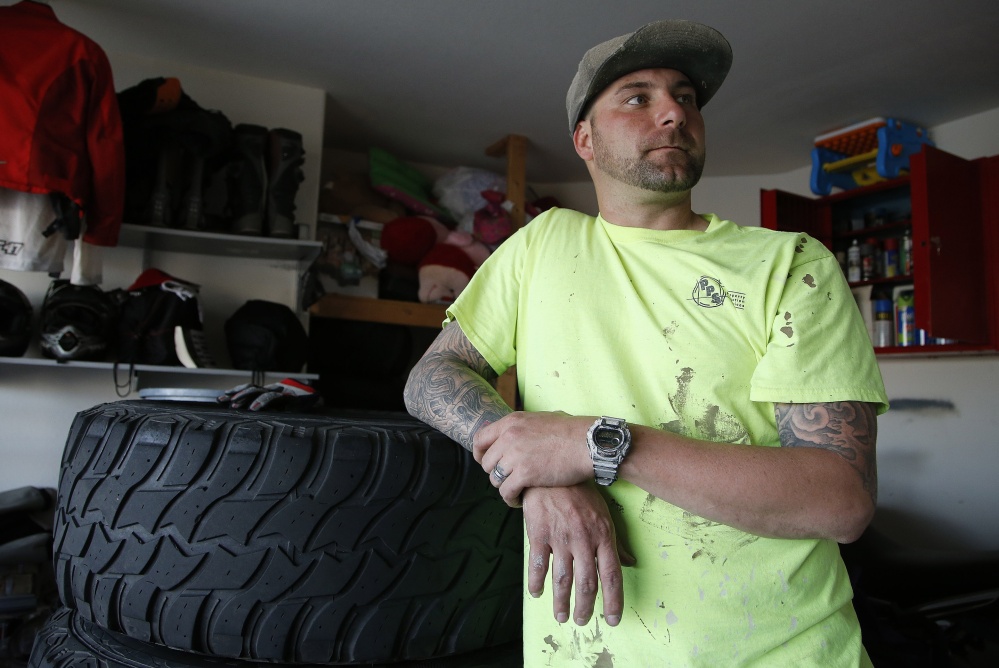SAN FRANCISCO — A California jury convicted Alan Gimenez of killing his infant daughter Priscilla after medical testimony revealed what some doctors say is a tell-tale sign she had been shaken: brain swelling and bleeding inside her skull and behind her eyes.
More than 20 years later, Gimenez still maintains his innocence, and is contesting his conviction in court on the grounds that the three symptoms his daughter showed are no longer considered a clear indication of abuse.
“I never shook my daughter. I never abused her,” said Gimenez, who was paroled in June.
The case before the 9th U.S. Circuit Court of Appeals is among a spate of recent challenges to “shaken baby syndrome” diagnoses that, like Gimenez’s case, include a similar trio of symptoms without evidence of neck injuries.
Many of the cases also have no additional signs of abuse such as bruising or fractures.
Defense attorneys say new research discredits shaking as the most likely cause of bleeding inside the skull and behind the eyes and brain swelling. But medical experts are divided, with some still putting stock in the three symptoms as a strong indicator of shaking or other abusive head trauma even without other injuries.
The court challenges have had some success.
“There does seem to be a movement in the direction of greater skepticism on the part of the judiciary,” said Deborah Tuerkheimer, a professor at Northwestern’s Pritzker School of Law who has written a book about flawed “shaken baby” convictions.
An Arizona judge in 2012 dismissed a murder charge against Drayton Witt after a medical examiner said developments in the understanding of shaken baby syndrome contributed to his decision to reclassify the death of Witt’s girlfriend’s infant son as natural, not a homicide.
Witt had spent 10 years in prison in “blind rage” over being falsely accused of shaking the child to death, he said.
Gimenez’s attorneys say he took his daughter to the hospital on August 10, 1991 after she vomited and showed signs of a seizure. She died a few days later, just 49 days old.
What the San Diego County jury that convicted Gimenez, now 47, didn’t hear was that the girl had been in an out of the hospital and had a blood clotting problem, according to Gimenez’s 2012 petition challenging his conviction. Doctors for the defense conclude she likely had bleeding in her skull since birth, and died of a stroke-like clot, Gimenez’s lawyers say.
Prosecutors stand by the shaken baby syndrome theory used in Gimenez’s prosecution and cite a rib fracture on Priscilla’s body and a tear under her tongue as additional evidence of abuse. A federal judge in 2013 recommended that Gimenez’s petition be dismissed, rejecting his contention that scientific advances in the understanding of shaken baby syndrome show he is innocent.
The American Academy of Pediatrics says bleeding inside the skull with brain injury and bleeding behind the eyes are “hallmarks” of abusive head trauma such as shaken baby syndrome, though it cautions that doctors have to consider additional factors.
Copy the Story LinkSend questions/comments to the editors.



Success. Please wait for the page to reload. If the page does not reload within 5 seconds, please refresh the page.
Enter your email and password to access comments.
Hi, to comment on stories you must . This profile is in addition to your subscription and website login.
Already have a commenting profile? .
Invalid username/password.
Please check your email to confirm and complete your registration.
Only subscribers are eligible to post comments. Please subscribe or login first for digital access. Here’s why.
Use the form below to reset your password. When you've submitted your account email, we will send an email with a reset code.